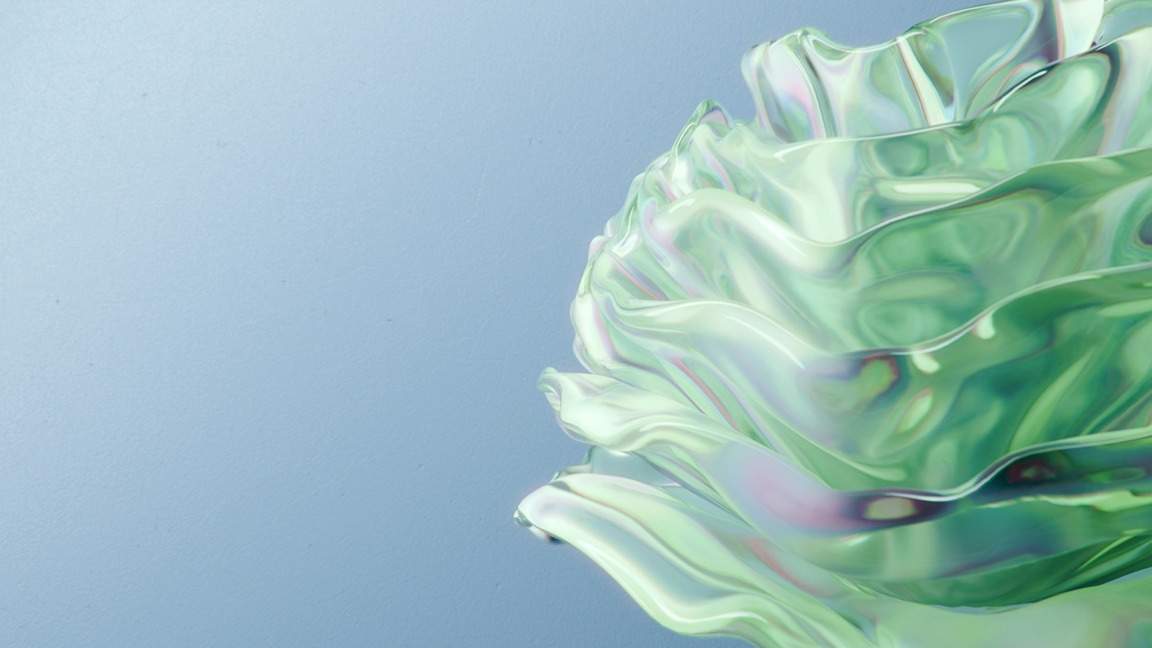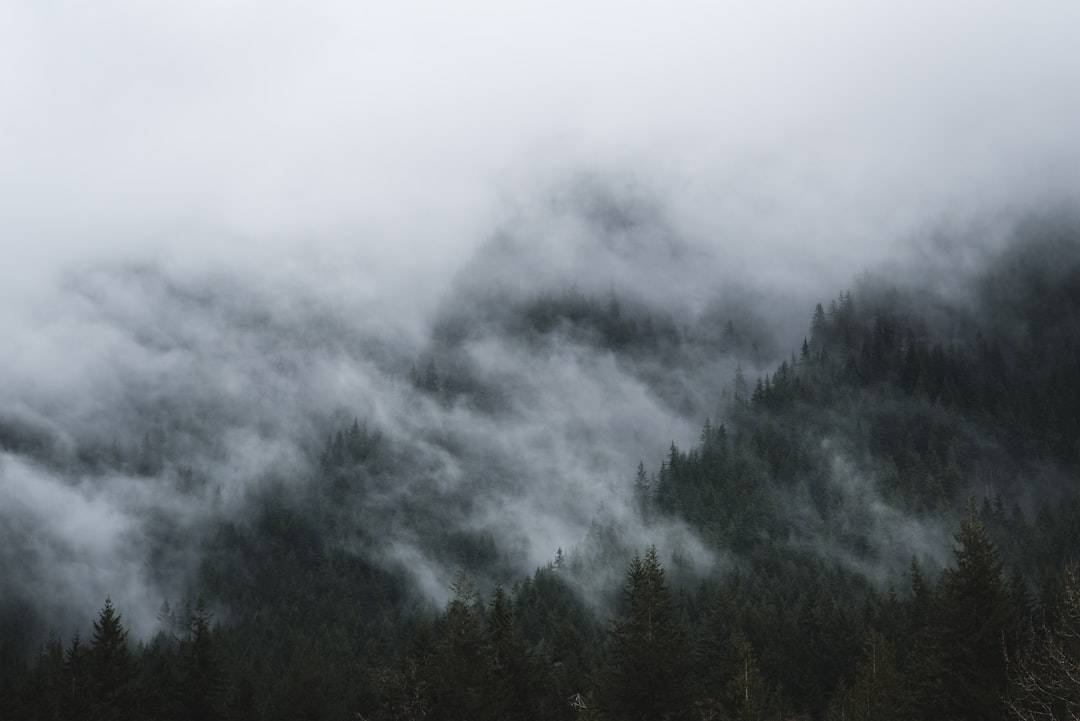Watering your garden may seem like a simple task, but it is actually an art that requires careful consideration. Proper watering techniques can mean the difference between a thriving garden and withering plants. So, let’s dive into the dos and don’ts of watering your garden.
Dos:
1. Water deeply: When you water your garden, make sure to provide enough water to penetrate the roots. Shallow watering can cause the roots to stay closer to the surface, making the plants more susceptible to drought. Aim to moisten the top 6 to 8 inches of soil to encourage deep and healthy root growth.
2. Water early in the morning: The best time to water your garden is early in the morning when the temperature is cooler. This allows the water to soak into the soil before the heat of the day evaporates it. Watering early in the morning also helps prevent the growth of fungus and other diseases that thrive in damp conditions.
3. Use a drip irrigation system: Drip irrigation is a great way to ensure efficient watering. It delivers water directly to the roots, minimizing evaporation and reducing the risk of overwatering. Additionally, drip irrigation helps prevent water from splashing on leaves, which can encourage the growth of mold and fungal diseases.
4. Monitor soil moisture: Get to know your soil by regularly checking its moisture level. Stick your finger into the soil and feel if it’s damp or dry. This will help you determine whether watering is needed. Overwatering can be just as harmful as underwatering, so strike a balance by adjusting your watering schedule according to the moisture level.
Don’ts:
1. Don’t water too frequently: Many gardeners tend to water too often, thinking it is beneficial for their plants. However, this can lead to shallow root growth and weak plants. Instead, allow the plants to slightly dry out between watering sessions. This encourages them to develop deep root systems that are more resistant to dry spells.
2. Don’t water from above: Watering from above, especially with overhead sprinklers, can lead to excessive water loss due to evaporation. It can also wet the foliage, which increases the risk of fungal diseases. Try to water at the base of the plants to deliver the water directly to the roots.
3. Don’t rely on a set schedule: Every garden has different watering needs based on factors such as climate, soil type, and plant species. Instead of relying on a fixed watering schedule, keep an eye on your garden’s condition and adjust accordingly. Use your own observations and the moisture level of the soil to dictate when to water.
4. Don’t forget to mulch: Mulching is an excellent way to retain moisture in the soil and reduce weed growth. Apply a layer of organic mulch, such as wood chips or straw, around your plants. This will help retain soil moisture, regulate temperature, and provide your garden with a polished appearance.
By following these dos and don’ts of watering your garden, you can cultivate a healthy and vibrant oasis. Remember to water deeply, use a drip irrigation system, and monitor soil moisture. Avoid overwatering, watering from overhead, and relying on a rigid schedule. And lastly, never underestimate the power of mulching. With these tips in mind, you’ll be well on your way to becoming a watering expert.















